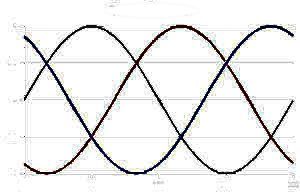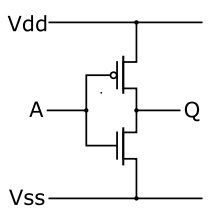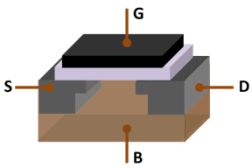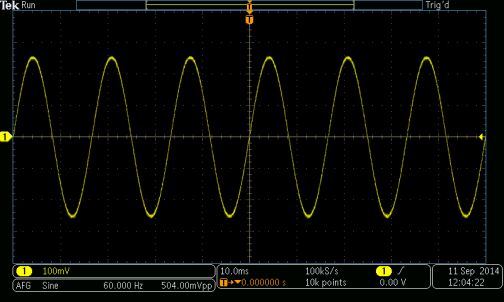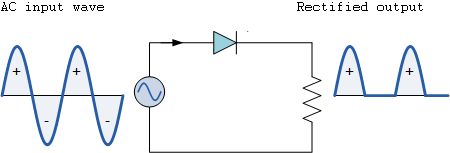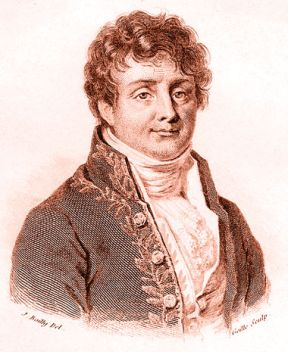By David Herres Solar cells, the building blocks of solar arrays, are simple two-wire diodes packaged and configured to produce electrical current when exposed to electromagnetic radiation of suitable frequency. This implies the cell must be flat, with a broad side situated as close to perpendicular as possible to the incoming radiation. It is also essential […]
ICs and timers
Moore’s law, actually more an observation than an edict, states that the number of transistors that can sit on a single semiconductor chip may be expected to double every two years. (Another version sets the time frame as 18 months.) The assertion is flawed because it suggests that before long the device population on a single chip […]
Basics of three-phase electrical power
By David Herres Unlike residential wiring, the electrical harness in an industrial or large commercial setting usually carries three-phase power. To many homeowners and beginning technologists, three-phase circuits are a big mystery only because they are unfamiliar. Actually they are simple, conceptually and in terms of the labor involved when working with three-phase equipment. Three-phase conductors are […]
Basics of CMOS
By David Herres Complementary metal-oxide semiconductor (CMOS) is a highly successful strategy for combining complementary and symmetrical pairs of p-type and n-type MOSFETs to create logic functions. A CMOS transistor pair is typically a building block for integrated circuits. Among its many applications are image sensors in digital cameras, data converters and transceivers. In a […]
Basics of MOSFETs
By David Herres The FET, discussed in a previous article, was widely used for a few short years, from its introduction in 1947 until it was abruptly eclipsed upon the introduction of the metal-oxide semiconducting field-effect transistor (MOSFET) in 1960. The MOSFET is like the FET, only more so. Structurally and functionally, they are similar. […]
Basics of FETs
By David Herres The field-effect transistor (FET) resembles the bipolar transistor in some of its behavioral characteristics, but its inner workings are markedly different. Rather than base, emitter and collector, FETs have gates, sources and drains. The big difference is that the FET notices changes in the voltage level on its input. The FET input current is infinitesimal. […]
Sine wave basics and applications in oscilloscopes
By David Herres Oscilloscopes typically display the amplitude of a signal on the Y axis as a function of time on the X axis. The resulting display can take the form of a straight horizontal line if it is a dc voltage, an irregular non-recurring and intermittent pattern for complex signals such as the human voice, […]
Basics of modeling transistors
By David Herres All transistors operate according to the exact same physical principles as diodes, the only difference being that they have greater complexity because there are additional P-N and N-P junctions and accordingly more terminals. As with simple diodes, a transistor junction conducts when it is forward biased and does not conduct when it is reverse […]
The basics of diodes
By David Herres Ordinary crystalline silicon semiconductors work according to the same physical principles as the old-world galena (PbS, lead sulfide) cat’s whisker radio-frequency detectors in early crystal sets. The defining element in a solid-state diode in the P-N junction. It is created when P-type and N-type slabs of crystalline silicon are joined. Wire leads are affixed […]
Fast Fourier Transforms
By David Herres A previous article discussed the Fourier Transform. Now we turn to a variation, the Fast Fourier Transform (FFT), which has assumed great importance since it emerged in 1965, based largely on early nineteenth-century work. To review, the Fourier Transform provides a theoretical basis for moving back and forth between time-domain and frequency-domain […]


